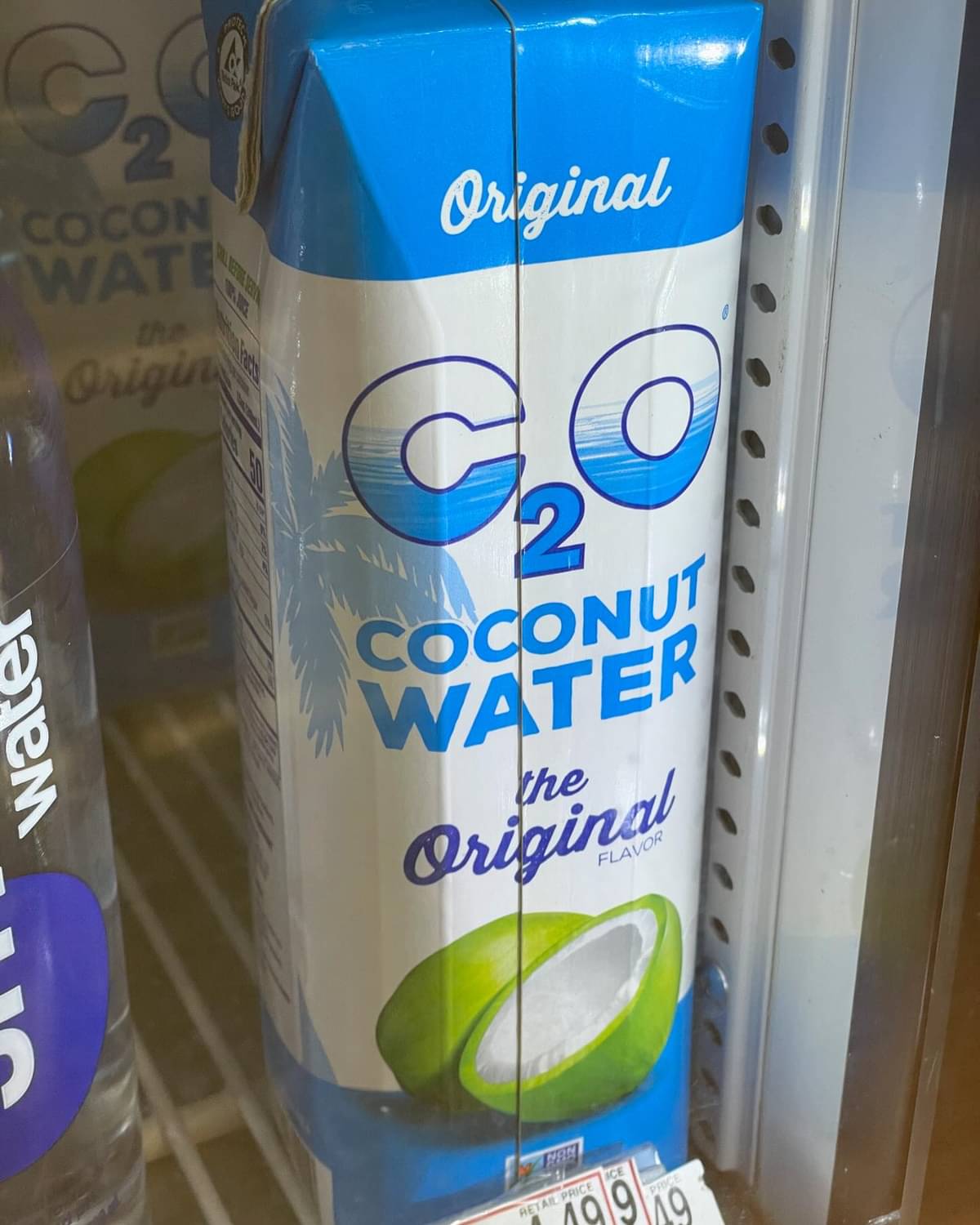this post was submitted on 20 Oct 2024
470 points (99.0% liked)
Science Memes
11253 readers
3081 users here now
Welcome to c/science_memes @ Mander.xyz!
A place for majestic STEMLORD peacocking, as well as memes about the realities of working in a lab.

Rules
- Don't throw mud. Behave like an intellectual and remember the human.
- Keep it rooted (on topic).
- No spam.
- Infographics welcome, get schooled.
This is a science community. We use the Dawkins definition of meme.
Research Committee
Other Mander Communities
Science and Research
Biology and Life Sciences
- [email protected]
- [email protected]
- [email protected]
- [email protected]
- [email protected]
- [email protected]
- [email protected]
- [email protected]
- [email protected]
- [email protected]
- [email protected]
- [email protected]
- [email protected]
- [email protected]
- [email protected]
- [email protected]
- [email protected]
- [email protected]
- [email protected]
- [email protected]
- [email protected]
- [email protected]
- [email protected]
- [email protected]
- !reptiles and [email protected]
Physical Sciences
- [email protected]
- [email protected]
- [email protected]
- [email protected]
- [email protected]
- [email protected]
- [email protected]
- [email protected]
- [email protected]
Humanities and Social Sciences
Practical and Applied Sciences
- !exercise-and [email protected]
- [email protected]
- !self [email protected]
- [email protected]
- [email protected]
- [email protected]
Memes
Miscellaneous
founded 2 years ago
MODERATORS
you are viewing a single comment's thread
view the rest of the comments
view the rest of the comments

The following is conjecture based on my highschool level knowledge of chemistry:
Alright, so let's say this bottle suddenly appeared on your kitchen counter:
t = 0: The liquid C₂O immediately begins to decompose. Since it's highly unstable, the bonds between carbon and oxygen atoms start breaking apart, even more rapidly in the presence of air. The immediate breakdown will produce carbon monoxide (CO) and elemental carbon.
t = 0 to t = 0.01 milliseconds: The initial decomposition reaction of C₂O releases a significant amount of heat. The heat from this reaction will cause the wax paper bottle to begin melting almost instantly. Compromising the bottle would expose the highly reactive C₂O directly to the air (Lots of oxygen!). Since the wax paper is flammable, the intense heat would cause the bottle to ignite, adding burning wax to the mix.
t = 0.01 milliseconds to t = 0.1 milliseconds: The carbon monoxide (CO) gas and solid carbon particles being produced will come into direct contact with the air. In the presence of oxygen, the carbon monoxide (CO) would start to burn, forming carbon dioxide (CO₂) and releasing even more heat:
2CO + O₂ --> 2CO₂
The wax paper bottle will likely be completely engulfed in flames at this point, burning rapidly due to the intense heat generated by the decomposition of C₂O and the oxidation of CO.
t = 0.1 milliseconds to t = 1 millisecond: The wax paper, now fully aflame, is contributing to the fire, adding smoke and soot from the combustion of hydrocarbons in the wax. As the heat from the fire builds, any residual liquid C₂O would further vaporize and decompose, intensifying the reaction. The decomposition continues to produce CO and solid carbon, while the surrounding air feeds oxygen to the burning CO, turning it into CO₂. At this stage, the pressure inside the remaining wax paper bottle would become too high, likely causing the bottle to burst in a small explosion, spraying any remaining liquid C₂O into the air.
t = 1 millisecond to t = 1 second: As the explosion occurs, the now airborne liquid C₂O particles would decompose instantly, reacting with the available oxygen in the air and producing more CO and CO₂. The additional heat generated would cause a tiny fireball to erupt, consuming any remaining wax from the bottle and intensifying the flames. Carbon soot (from the solid carbon produced in the decomposition) would mix with the smoke from the burning wax, forming a thick, black cloud. The surrounding air would become superheated, and the fireball would quickly dissipate as the remaining C₂O fully decomposes and reacts with oxygen.
t = 1 second and beyond: The result is a scorched area where the wax paper bottle used to be, surrounded by the remnants of burnt wax, carbon dioxide (CO₂), and solid carbon (soot). The carbon monoxide initially produced would be mostly oxidized into carbon dioxide due to the presence of oxygen, though some trace CO might still linger. Soot and charred remains of the wax bottle would coat the immediate area, while the air would be filled with the smell of burnt wax and carbon.
https://what-if.xkcd.com/6/